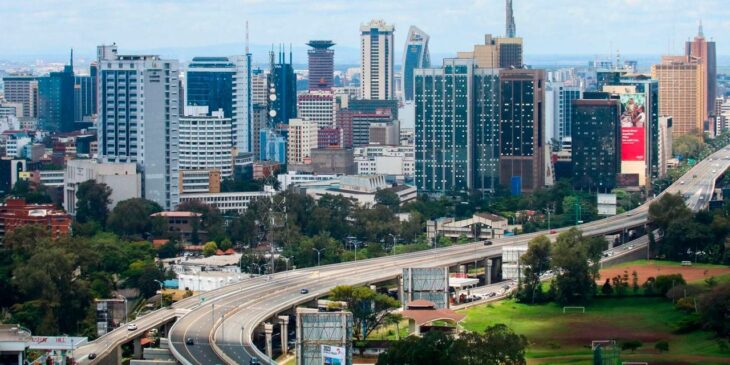Nairobi has been ranked among the least favourable cities to inhabit globally as a result of the escalating impact of global warming on ecosystems. This insight comes from a study titled the “2050 Climate Change City Index” conducted by Nestpick.
The analysis, carried out by 24/7 Wall St—a financial news and opinion company based in Delaware—unveiled Nairobi’s placement as the ninth most compromised city on the list, earning it an overall score of 44.8.
Nestpick’s findings reveal that Nairobi, which had an average temperature of 18.62 degrees Celsius (65.5°F) around the year 2000, is bracing for significant upheaval due to climate change. Predictions suggest that the city’s average temperatures could surpass 20.93 degrees Celsius (69.7°F) by the year 2050, marking it as the 30th most drastic temperature increase globally.
The report also estimates a potential 1.0 percent rise in sea levels for Nairobi by 2050, positioning it as the 44th most affected city in this regard.
Nairobi’s standing places it below various other cities, including Boston in the US with a score of 44.8, Seoul in South Korea with 45.8, Cardiff in the UK with 47.0, Melbourne in Australia with 49.5, Shenzhen in China with 62.2, Amsterdam in the Netherlands with 84.3, Ho Chi Minh City in Vietnam with 85.3, and Bangkok in Thailand with 100.0.
During the research, each city underwent assessment across three key categories: sea-level impact, climate conditions, and water scarcity.
The report underlined that the “25 prominent cities most exposed to the consequences of global warming, such as rising sea levels and water scarcity, have risk scores ranging from 28.6 for Oslo, Norway, to 100 for Bangkok, Thailand.”
The report emphasized that these global destinations include affluent cities like New York and London, as well as less privileged ones like Manila in the Philippines and Nairobi in Kenya.
Furthermore, the study highlighted that economically disadvantaged countries, including Kenya, endure severe weather changes due to their geographical and topographical factors.
Nairobi, located in proximity to the Horn of Africa region, recently grappled with an intense drought at the onset of the year. This dire situation pushed nearly 40 million individuals in Kenya, Somalia, and Ethiopia to the brink of famine, marking the most severe drought in four decades.
In March 2023, the city suffered from insufficient rainfall during the typical rainy season from March to May. This erratic rain pattern subsequently impacted agricultural yields for farmers, leading to a surge in the cost of living. Similarly, poor rains were documented between October and December of 2022.
A report by the Kenya Meteorological Department, released in March, outlined the specifics:
“Depressed rainfall was observed over the North-western and Coastal regions, along with most stations in the Southeastern lowlands and Northeastern areas. Several stations in the Highlands East of the Rift Valley, including Nairobi County, and a few stations in the Highlands West of the Rift Valley and Central Rift Valley experienced reduced rainfall.”
Want to send us a story? Contact Shahidi News Tel: +254115512797 (Mobile & WhatsApp)


